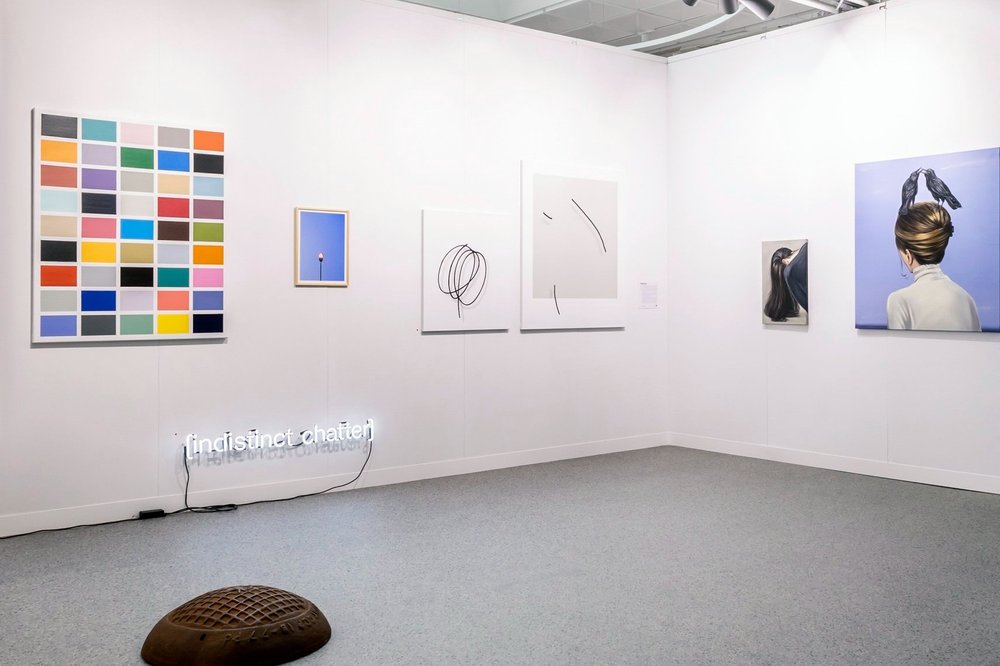The judges unanimously chose the winning work from 1,005 entries and 57 finalists. Laura Jones is the 12th woman to win the prize since the Archibald started.
Laura Jones said she grew up studying Winton’s novel Cloudstreet, which had “enchanted generations of Australians”, while accepting the prize.
“I hope that my painting reminds everyone what an incredible and inspiring human being [Winton] is,” said Jones, who first met the author in 2017 at an environmental advocacy event. Winton was not present at the ceremony, but made a phone call to congratulate Jones.
“He made a joke that he thought he looked like he had the weight of the world on his shoulders, and he does. We all do and I hope that we can all unite for the environment,” Jones said.
Michael Brand, The AGNSW director, praised Jones’s portrait for its sensitivity and power to capture a strong connection between the artist and the sitter.
“Laura’s bold but tender depiction of Tim’s face captures his vulnerability, while his figure melds into the background of wonderful watery brushstrokes,” Brand said in a statement.
As only the 12th woman to win the Archibald prize, Jones said: “As a little girl in Kurrajong, I dreamed about being an artist. I’ve been lucky enough to make that dream come true. More than any other event today shows that I wasn’t completely crazy.”
The prize of $100,000 is awarded to the best portrait of a person “distinguished in art, letters, science or politics” painted by an Australian artist and has been continuing since 1921.
The Archibald prize is announced every year alongside the Wynne prize for landscape painting and figurative sculpture, and the Sulman prize for genre, subject and mural painting. Pitjantjatjara artist Naomi Kantjuriny won the Sulman prize for her work Minyma mamu tjuta. Djakaŋu Yunupiŋu won Wynne prize for her painting Nyalala gurmilili.
The 138 finalists for all three prizes will be exhibited at the AGNSW, between June 8-September 8.









